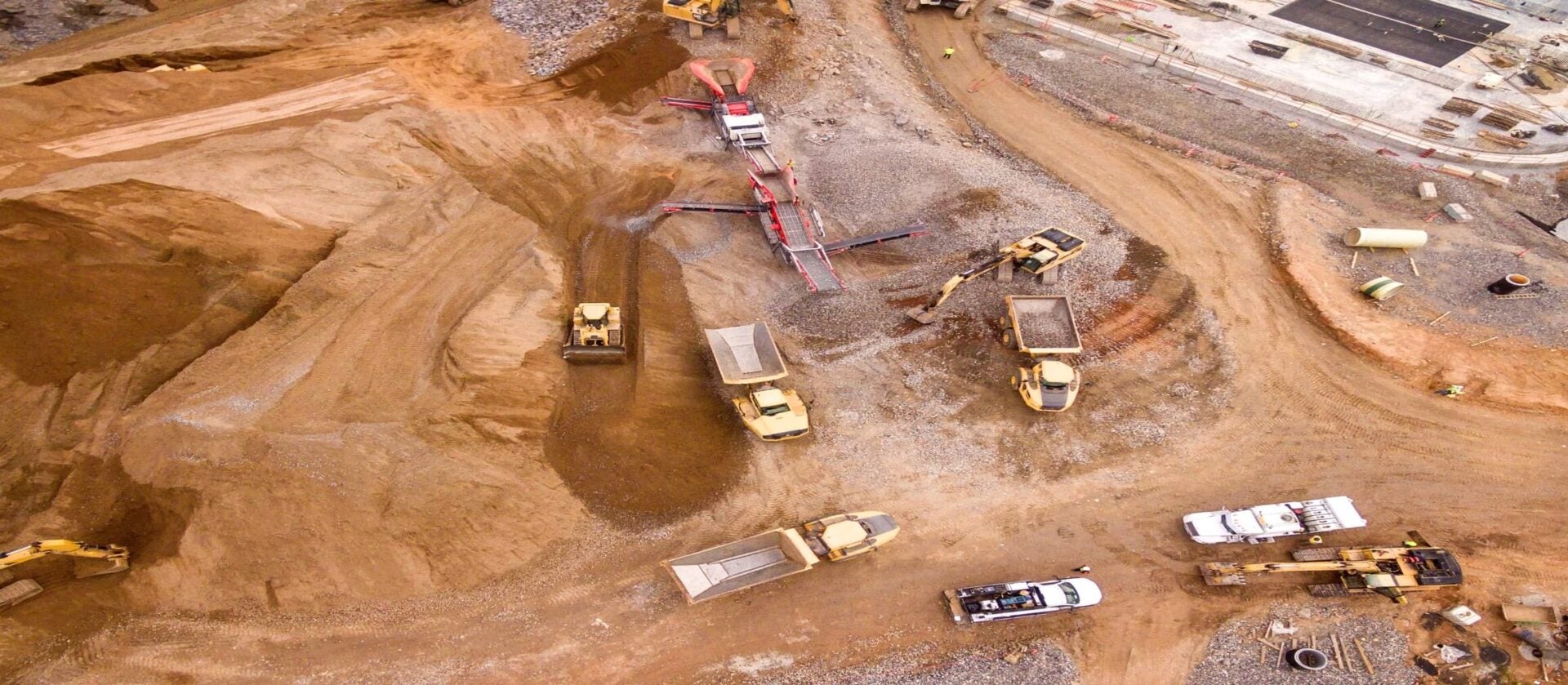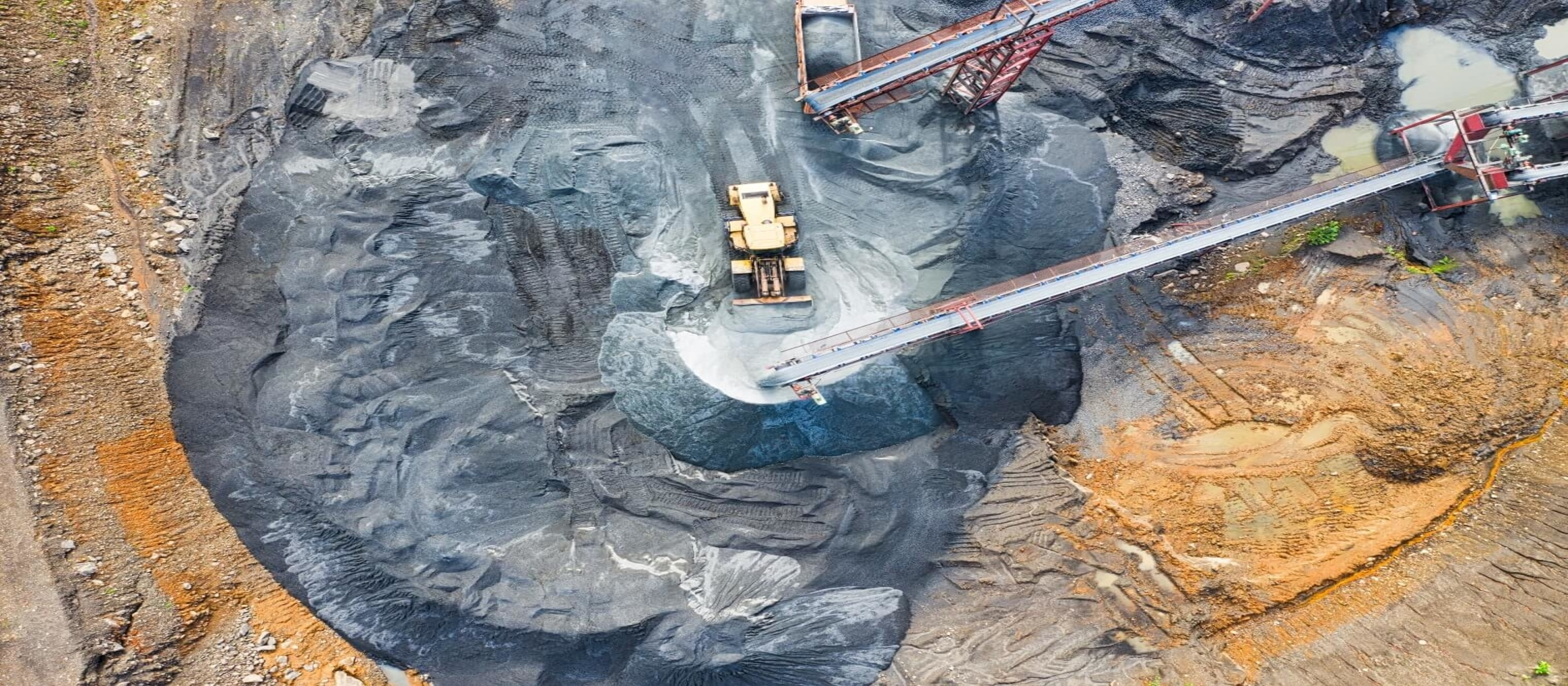
Communication in the mining industry
Communication requires connectivity, whether it’s WiFi, leaky feeder systems, 4G/5G, or GPS. Naturally, this is much easier to achieve for above-ground operations and surface mines, where mines can rely on radios and collision avoidance systems to manage productivity and safety.
Things get more difficult when it comes to underground mining, especially with many mining excavations going deeper. It wouldn’t be feasible to reply on standard radio technology so deep underground, and satellite-based positioning systems won’t function. This is where communication in the mining industry has developed innovative solutions to ensure that teams underground are in continuous, reliable communication with the surface and each other.
Underground communication
Mining fixed phones and radios that function underground will typically require an underground leaky feeder network to stay connected. Communication systems developed specifically for the mining industry will feature benefits such as man-down/no-movement detection for lone worker safety, and a rugged enclosure so that it can work effectively in an environment.
The Pyott-Boone Electronics (PBE) Page BossTM mine page phone series offers some of the most advanced and rugged communications solutions for underground mining available on the market. The company has continued to become an industry leader in the mining sector since its founding in 1971, with acquisitions such as Minecom and Mine Radio Systems Inc (MRS).
Communication underground does not need to be compromised. PBE’s Leaky Feeder System can be customized for a mine’s requirements to ensure that radio coverage and data communication is optimised, ensuring maximized productivity and safety. PBE two-way radio systems, including fixed phones and handheld radios, offer complete communication coverage at mining sites, both above and below ground.
The Page Boss series is comprised of a broad portfolio of communication solutions offering different features suitable for different areas of a mine, which can be combined to build an extensive and comprehensive communication network.
All providing clear and undistorted communication even underground, PBE offers products such as the Model 112 page phone, which features a sounder strobe for increased audible and visual alerts in noisy working areas, the model 111 Page Boss with a bullhorn speaker, and the waterproof Model 117 Page Boss, as well as the model 140 Page Boss with a touch-tone keypad that can make calls through the Model 139 phone coupler or operate as a standard 12 VDC paging phone.
Underground communication solution distributors
There are a lot of mining communication solutions on the market, so finding the most effective and suitable product for each area of a mine can be a challenge. As experts in mining safety, Carroll Technologies has searched the market for only the best quality communication solutions and works with customers to meet the specific requirements of their mine.
PBE turnkey products are available through Carroll Technologies’ online mining store, and for customized communication solutions Carroll is well-positioned to offer independent advice about which products are best suited to a particular application.

